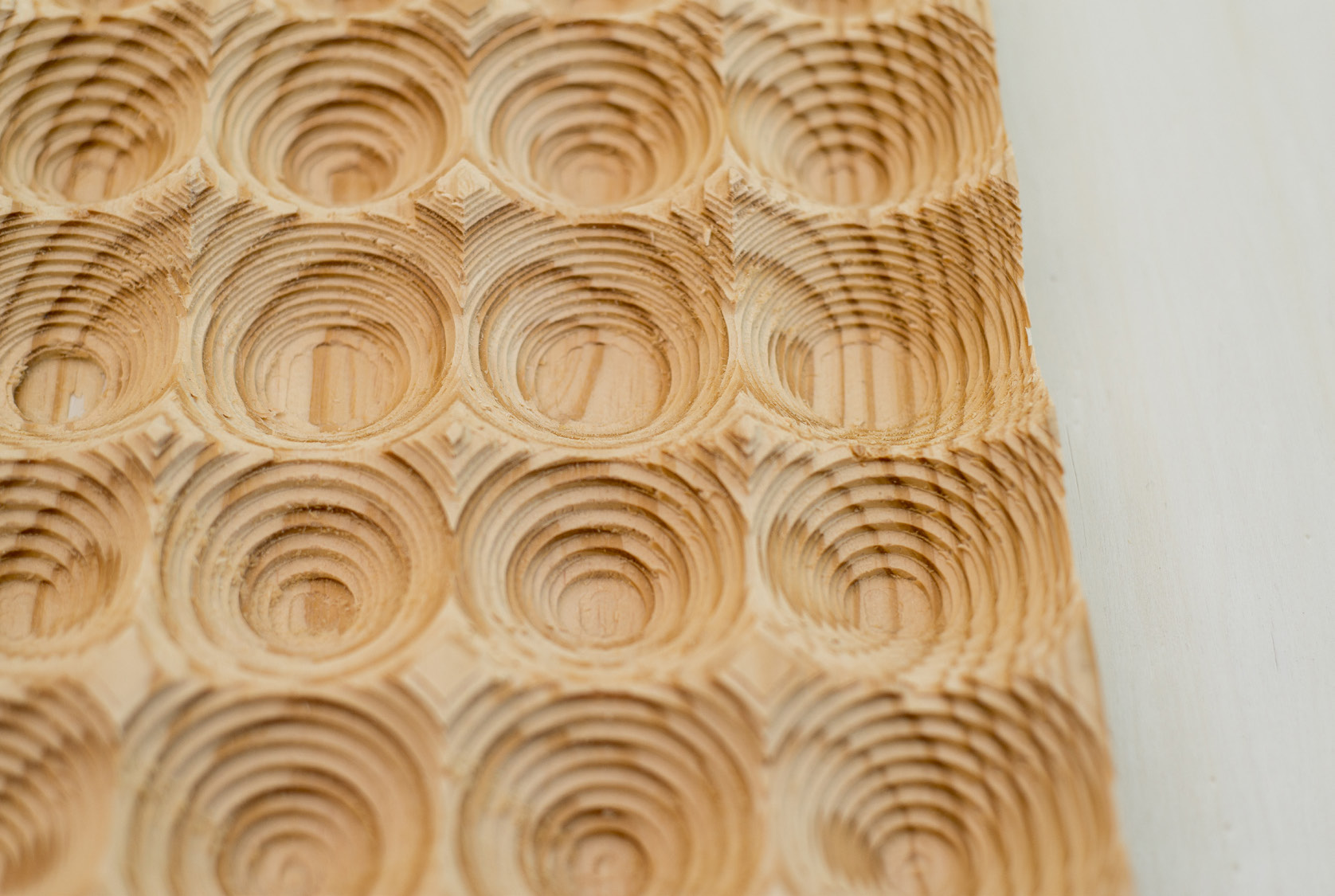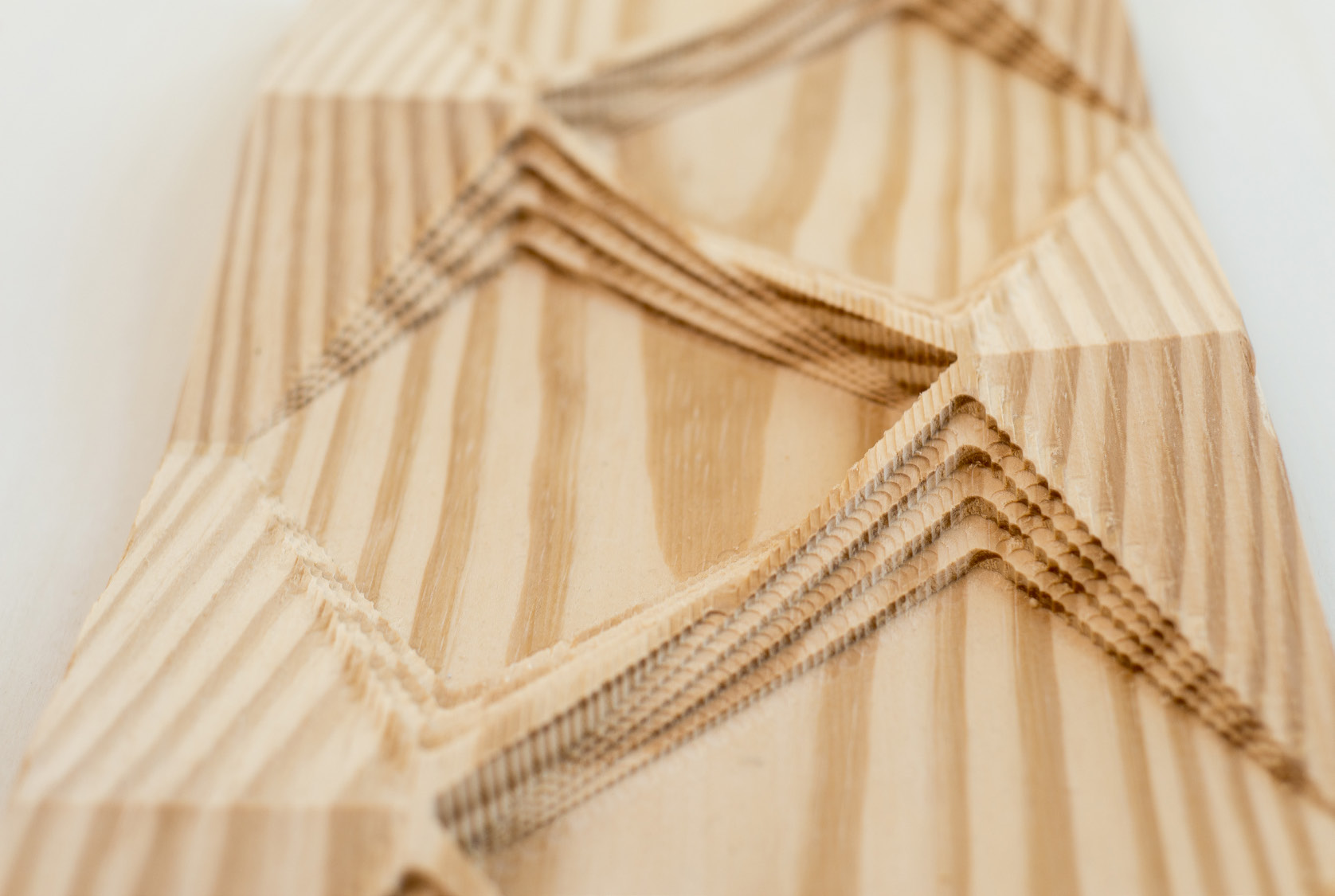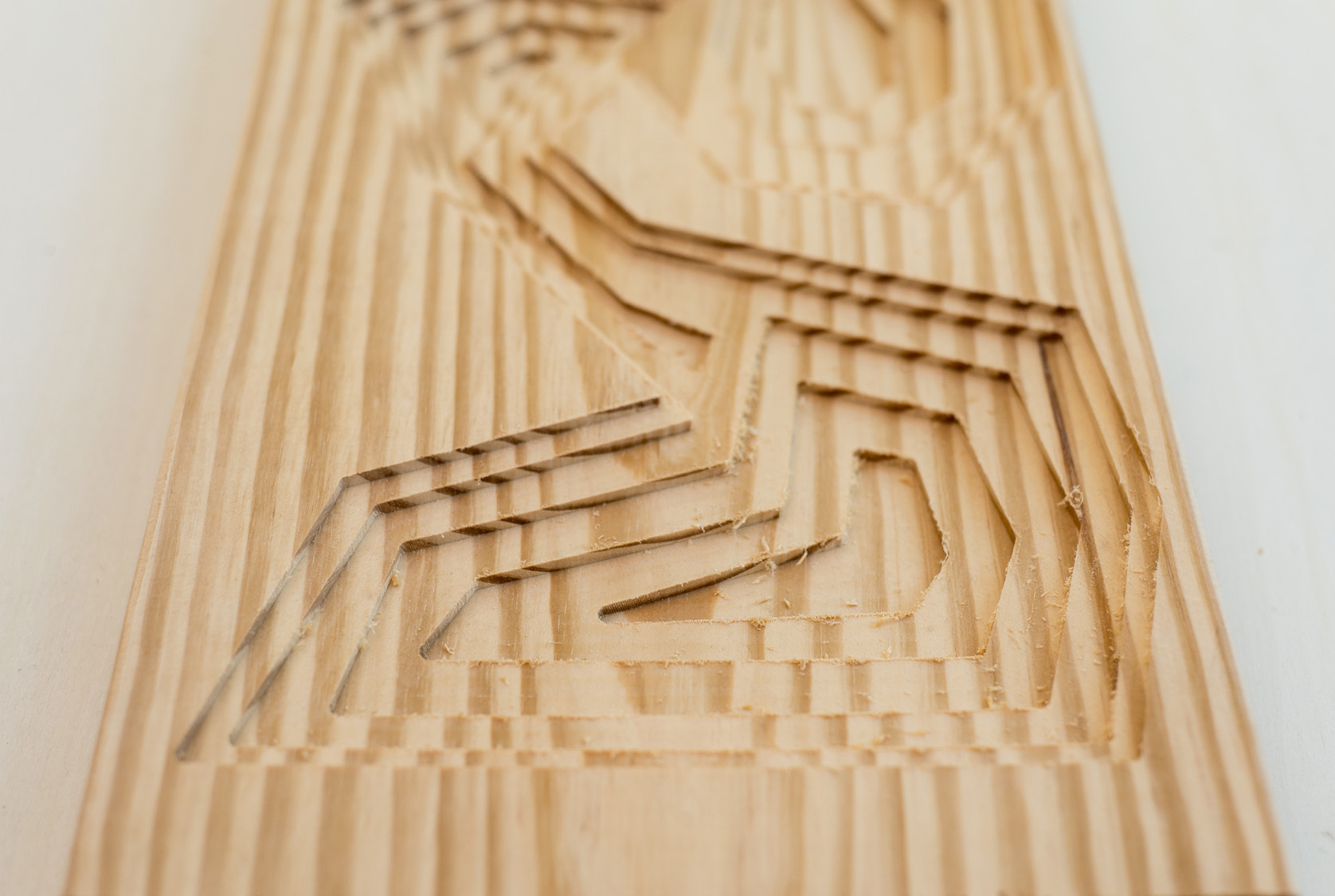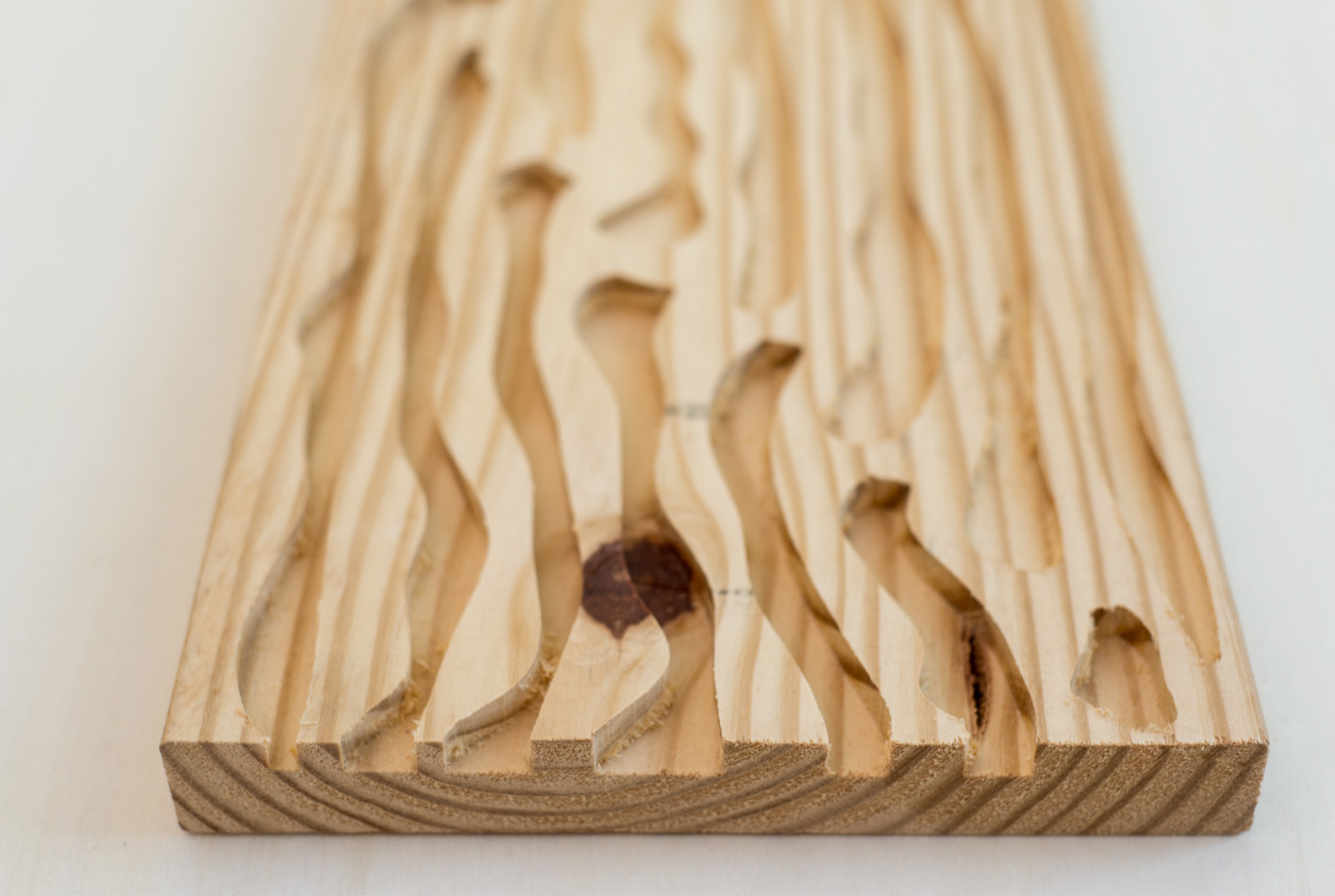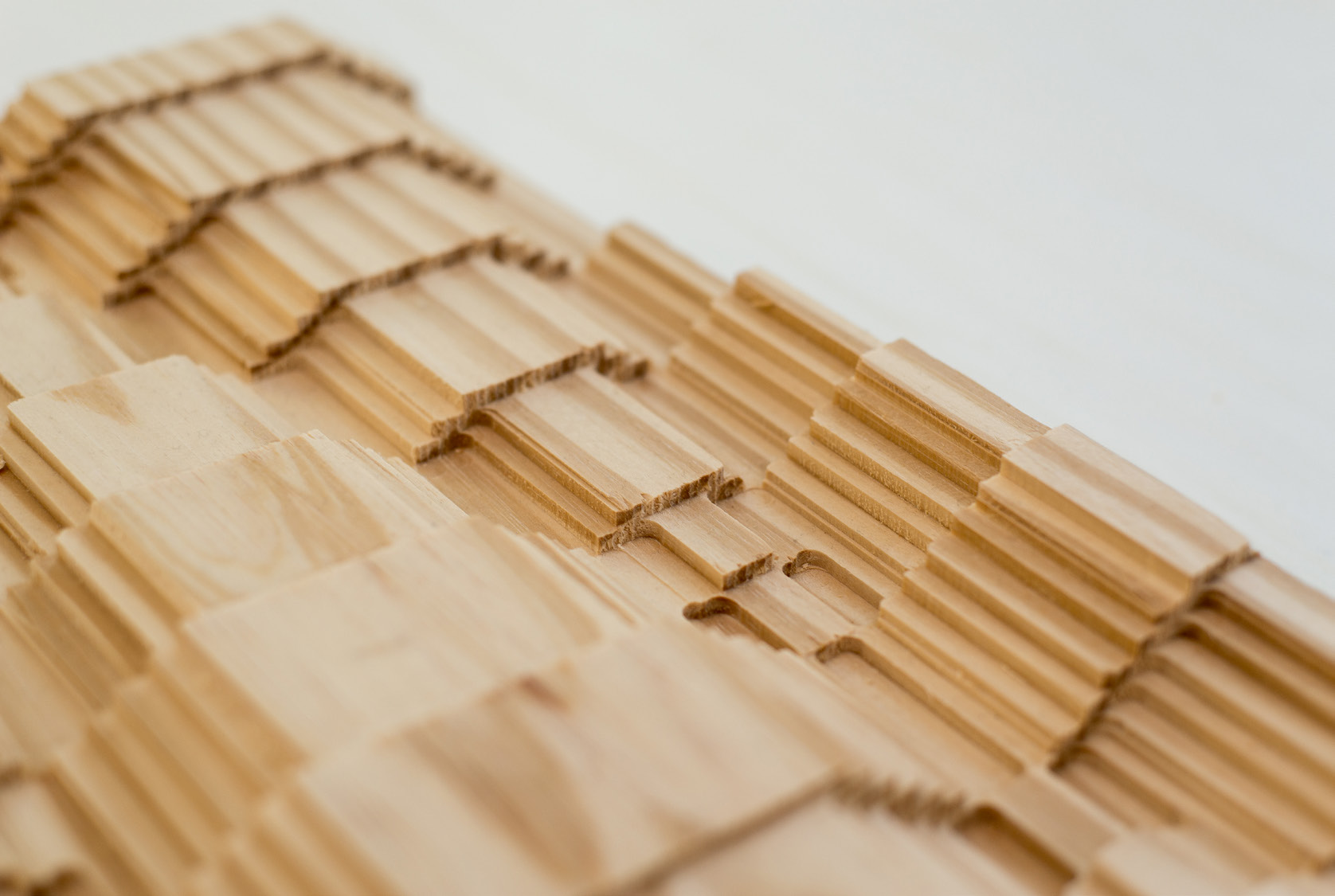Cut & Fill I:
Robotic Remediation
FALL 2014: ATOMIC CITIES STUDIO V
The Cut & Fill Studio examined advances in heavy earth-moving and mining technologies, and their application to remediating the PGDP site. Students researched the mechanics of earth-moving equipment as well as autonomous drivers that combined sensing technologies and numerically controlled subtractive fabrication: G-code. The studio charged students with developing remediation strategies based entirely on cut and fill. Might it be possible to prototype large-scale earth-moving remediation strategies based on CNC tools that are increasingly common in architectural construction?
Objectives: This studio sought to understand the hydro-dynamics of the site in such a way that contaminants could be controlled or contained by sculpting the earth. Perhaps they could even be corralled into a central location from which they might be more easily removed. Recognizing that no contaminated earth could leave the site, among the many challenges facing students was what to do with excavation – especially in the instance that it was deemed necessary to dig the seventy-some feet down to the contaminated aquifer. Students were challenged to use these site conditions as a starting point, and then utilize parametric modeling software, coupled with the idea that heavy equipment could be understood as one would additive and subtractive processes, to make a working site strategy, that might also be beautiful in its surreality or otherworldliness.
Outcomes: Students invented several sculpted shapes including clefts and mounds of various forms that worked to gather, disperse and direct water as well as wind. These multiple shapes were deployed using parametric tools, in such a way as to either dilute or concentrate contaminants into managed remediation parterres or fields. The shapes would be carved by autonomous earth-movers to protect humans from danger of exposure to radioactivity or chemicals, and were meant to act at the speed of erosion and other natural processes, including radioactive decay. Perhaps the most unexpected outcome of the studio was the introduction and recognition, perhaps even discovery of an entirely new speed of design at the pace of nature, entirely other than the speed of capitalism or construction.
PROJECT TEAM
INSTRUCTOR / Co-PI:
Associate Prof. Gary Rohrbacher
Co-PI:
Associate Prof. Anne Filson
POST-GRAD RESEARCH ASSISTANTS:
Carolyn Parrish
Sydney Kidd
Joe O’Toole
Margaret Clines



